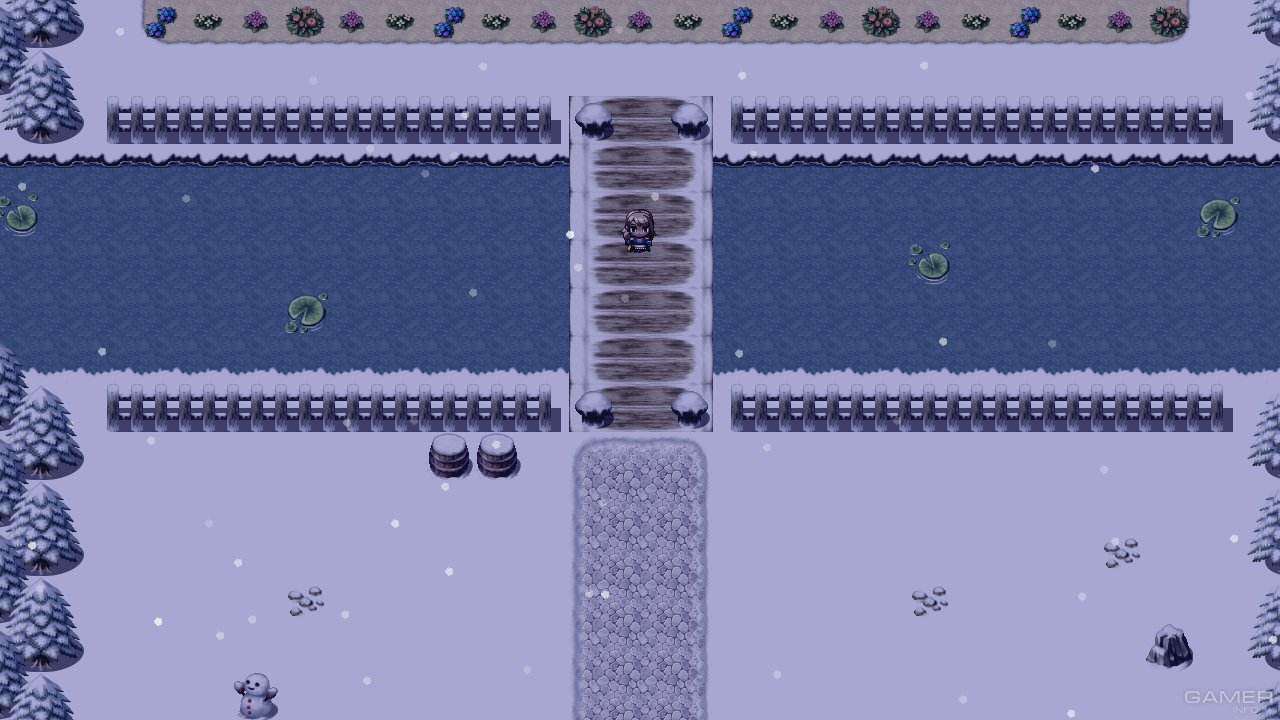

The city's name means "Capital of Peace and Tranquility," and the Heian period is usually remembered as having been an age of art, literature, and culture. The early Heian period (784-967) continued Nara culture the Heian capital was patterned on the Chinese Tang capital at Chang'an, as was Nara, but on a larger scale than Nara. The iconography of the Heian period is widely known in Japan, and depicted in various media, from traditional festivals to anime. In many ways, Dazaifu became in practical terms the capital of southwestern Japan in the Heian period. The Heian period eventually came to an end as the Fujiwara lost power and rivaling warlords assumed control of the government, transforming Japan into a shogunate. Buddhism began to spread throughout Japan during the Heian period, primarily through two major esoteric sects, Tendai and Shingon.

794 after the movement of the capital of Japan to Heian-kyō (present-day Kyōto ), by the 50th emperor, Emperor Kanmu. The Heian period was preceded by the Nara period and began in A.D. įor more than a century prior to the Heian period, Japan obsessed over things Chinese. During the Heian period, Japanese culture was redefined, reducing the importance of Chinese influences and elevating native productions. The Heian period (794-1192) was one of those amazing periods in Japanese history, equaled only by the later Tokugawa period in pre-modern Japan, in which an unprecedented peace and security passed over the land under the powerful rule of the Heian dynasty. During the Heian period, Shinto shrines were often built close to or on the grounds of Buddhist temples, and Japanese devised a system for equating Buddhist deities with Shinto gods. This decision made way for the growth of a powerful class of educated aristocrats who dominated Japanese society, creating an era of peace and stability called the Heian period of 794-1185 CE. The lyrics of the modern Japanese national anthem, Kimigayo, were written in the Heian period, as was The Tale of Genji by Murasaki Shikibu, one of the first novels ever written. The famous Japanese poem known as the Iroha (いろは), of uncertain authorship, was also written during the Heian period. Although the Heian period is known as a particularly "Japanese" age, the Japanese still maintained contact with the outside world.

#LEARN JAPANESE TO SURVIVE HIRAGANA BATTLE WEPENARY WOES PROFESSIONAL#
From the middle Heian period onwards, for almost a thousand years, the Japanese military would consist of professional soldiers in numberless private armies owing their loyalty to local aristocracy and warlords. Vividly colored yamato-e, Japanese style paintings of court life and stories about temples and shrines became common in the mid-to-late Heian period, setting patterns for Japanese art to this day. The Heian period is also considered the peak of the Japanese imperial court and noted for its art, especially poetry and literature. (More.)Īlthough written Chinese ( Kanbun ) remained the official language of the Heian period imperial court, the introduction and widespread use of kana saw a boom in Japanese literature. From this war tale, we can learn much about life in Japan during this transitional period and about warrior culture.Under the Fujiwara, Japanese intellectuals and artists became somewhat more confident in their own cultural productions and in fact in the power of Japan itself.In recent decades scholars have questioned two hoary clichés regarding the Heian period: that it was an age of semi-isolation when Japan abandoned its diplomatic ties with China as interest in Chinese culture waned and that it consisted of a well-defined center, its urbane and highly literate capital, surrounded by a vast uncouth, benighted periphery.The first centralised Japanese state can be traced to the Kofun Period, during which a kingdom known as Yamato ruled what is today the Western half of Japan.Growth in Buddhism during this period came, however, not in the older schools, but in the diffusion of the so-called "new schools" of Buddhism that had been established by Hônen, Shinran, Ippen, Nichiren, Eisai, and Dôgen in the late Heian and Kamakura periods.Ancient Japanese & Chinese Relations (Article) - Ancient History Encyclopedia Ancient Japanese & Chinese Relations Mark Cartwright Relations between ancient Japan and China have a long history, and in certain periods the exchange of political, religious and cultural practices between the two was intense.Although written Chinese ( Kanbun ) remained the official language of the Heian period imperial court, the introduction and widespread use of kana saw a boom in Japanese literature.


 0 kommentar(er)
0 kommentar(er)
